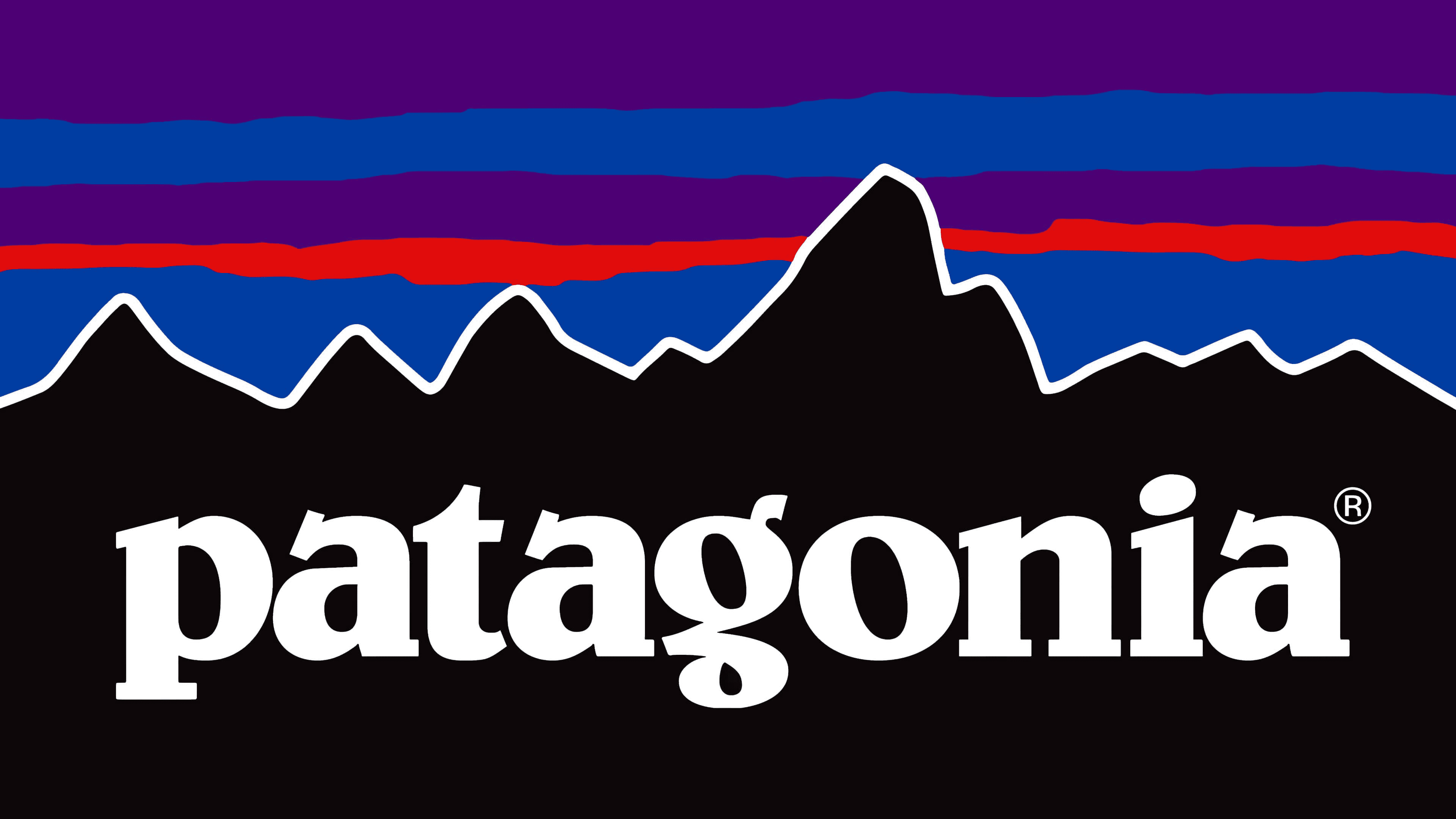Gallatin Microplastics Initiative
The Gallatin River carries the mountains to the sea. It carries our communities and our livelihoods. It carries our stories and dreams. And this river also carries something more ominous: our garbage.
In a pilot survey of five sites along the Gallatin River, microplastic particles were found in every sample, some in startlingly high numbers. With this knowledge, we launched the Gallatin Microplastics Initiative to study the abundance and types of microplastics in the Gallatin Watershed. This was an expansion of the Worldwide Microplastics Project.
In each year of the Gallatin Microplastics Initiative, 60+ volunteers returned four times to their assigned sites on the main Gallatin and its tributaries, gathering an in-depth picture of plastic pollution from 70 sites in the watershed. This information will help us understand the extent of the problem and how to resolve it.
Planning Your Own Project?
No need to reinvent the wheel! The process and protocols for our local microplastics research were designed based on learnings from our epic Global Microplastics Initiative. We’ve compiled the basics of our strategy and best practices to help you design and execute similarly successful projects in your own regions. Take a look and get in touch with any questions you have.
About Microplastics
Microplastics are a growing environmental issue, and also a potential threat to human health. These tiny plastic particles attract pollutants including PCBs and triclosan, which can impair the health of aquatic organisms.
Since early 2013, ocean adventurers have collected surface water samples from every ocean to research this pollution. The vast majority of the samples collected were contaminated with plastic debris.
For this reason, we expanded to fresh water worldwide in 2015, and launched the Gallatin Initiative as a targeted effort to create change in the headwaters of the largest watershed in the lower 48 states.
Where do microplastics come from? Gallatin Microplastics volunteer Kirra Paulus directed this film discussing microplastic pollution in the world’s freshwater.









